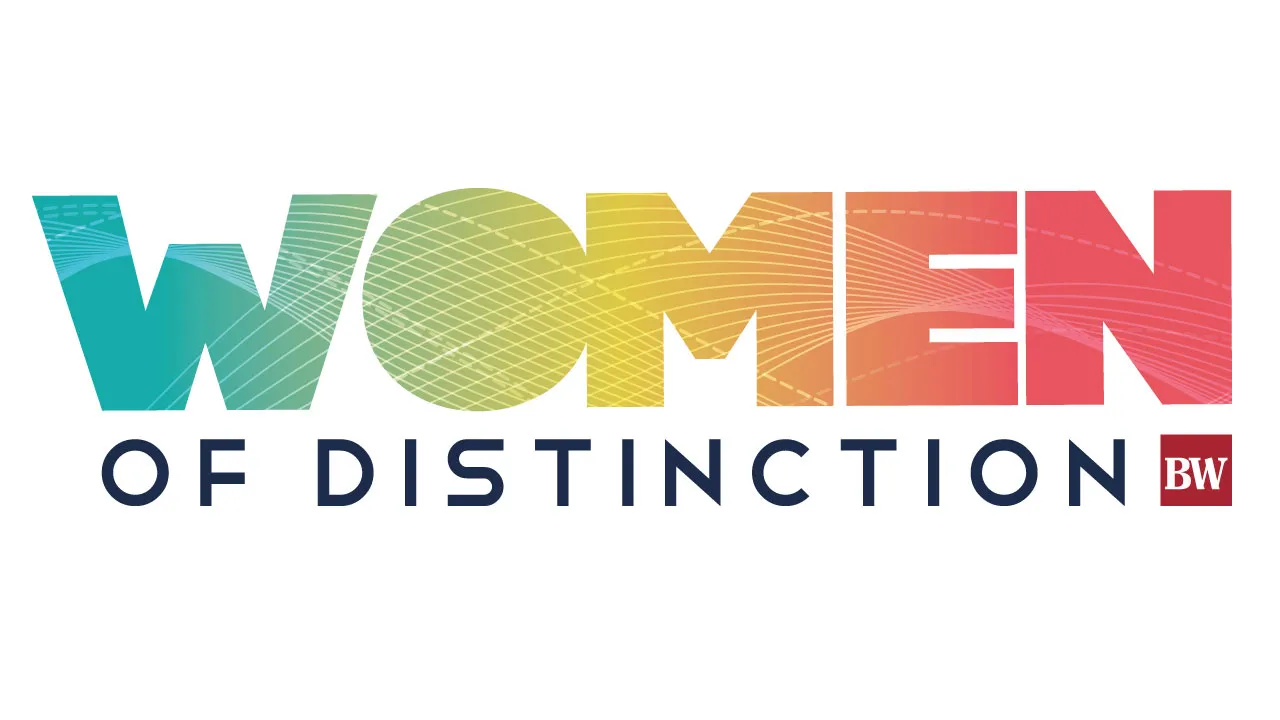Hartung: Breaking through ‘we’ve always done it this way’
Life@Work
Editor’s note: This month marks the debut of a new workplace column, Life@Work. Jessica Hartung, founder of Integrated Work and leadership adviser, has authored the book The Conscious Professional: Transform Your Life at Work. Her column will answer reader questions about challenging issues they face in their worklives. Questions can be submitted to Jessica@JessicaHartung.com.
Question: Jessica, I wonder if you can help me with getting my ideas implemented. When I bring up a problem or new idea, I’m dismissed by senior staff who are comfortable doing what they’ve always done. How do I warm them to my idea without them thinking I’m a nuisance if I bring it up after they have rejected it?
Reply: What I love about your question is the focus on how effective you are at impacting and influencing others. Learning about this topic will serve you well. Whether it is getting positive attention from senior staff at work, or members of our family, or advocating in our communities, we make a difference by being able to share ideas in ways that encourage others to help us move them forward.
SPONSORED CONTENT
First, if you want someone to listen, say something they want to hear. Now, I’m not talking about falsifying a message or glossing over difficult parts. I’m talking about considering what is important to the person you are speaking to and hoping to influence. What matters most to them? You can discern this from what senior leaders talk about, what the strategic plans are, or the current problems being faced.
Sometimes, we can get so focused on the merit of our “good ideas” we forget to connect them to the organization or individual priorities, and therefore don’t get as much support or attention as we could.
With the knowledge of what is important to senior leaders, evaluate how the issue you want to raise connects with what is on their mind. If you want to be taken seriously, and add value at a level that commands respect, you will do the work of figuring out how your information and ideas connect to what is important to others. Don’t wait for others to do this for you.
Here’s an example:
Bob, the priority you just shared about increasing our quality in this area connects directly to an idea I have for a process improvement. May I take a moment and share this idea now?
You’ll notice that not only does this approach connect the idea to what is on Bob’s mind, it asks permission to share it.
By asking permission, others are forced to make space, or explicitly request that you share it another time. This calls attention to your idea more so than if it is just mentioned as a part of the discussion on other topics. If it doesn’t feel right for your organizational culture to ask permission, you may choose instead to say,
I’d like to take a moment and share an idea that is relevant to this planning discussion.
If you preface your idea with a respectful preview of what you will be sharing, it helps your audience or co-workers understand what you are going to contribute and to prepare themselves to receive it.
Secondly, what can you do about your idea? Can you propose an action that you carry out? I frequently hear people trying to influence an organization by convincing other people to change what they are doing. A more direct approach is to propose what you would do.
Instead of this: “Our jobs would be so much easier if someone provided a concise sales summary for us to use on calls.”
Try this: “I’d like to spend some time creating a concise sales summary for our team. It would help us deliver on our department’s sales goal, and it would make our work easier. If I took 10 hours over the next two weeks to work on it, I think I could have it done by the end of the month. Would that be OK?”
Senior people pay attention to results. When you deliver something of value, then you are in a better position to ask others to make change. Choosing the path of growth in this situation will result in an increase in your personal influence and impact.
Editor’s note: This month marks the debut of a new workplace column, Life@Work. Jessica Hartung, founder of Integrated Work and leadership adviser, has authored the book The Conscious Professional: Transform Your Life at Work. Her column will answer reader questions about challenging issues they face in their worklives. Questions can be submitted to Jessica@JessicaHartung.com.
Question: Jessica, I wonder if you can help me with getting my ideas implemented. When I bring up a problem or new idea, I’m dismissed by senior staff who are comfortable doing what they’ve always done. How do I warm them to…


